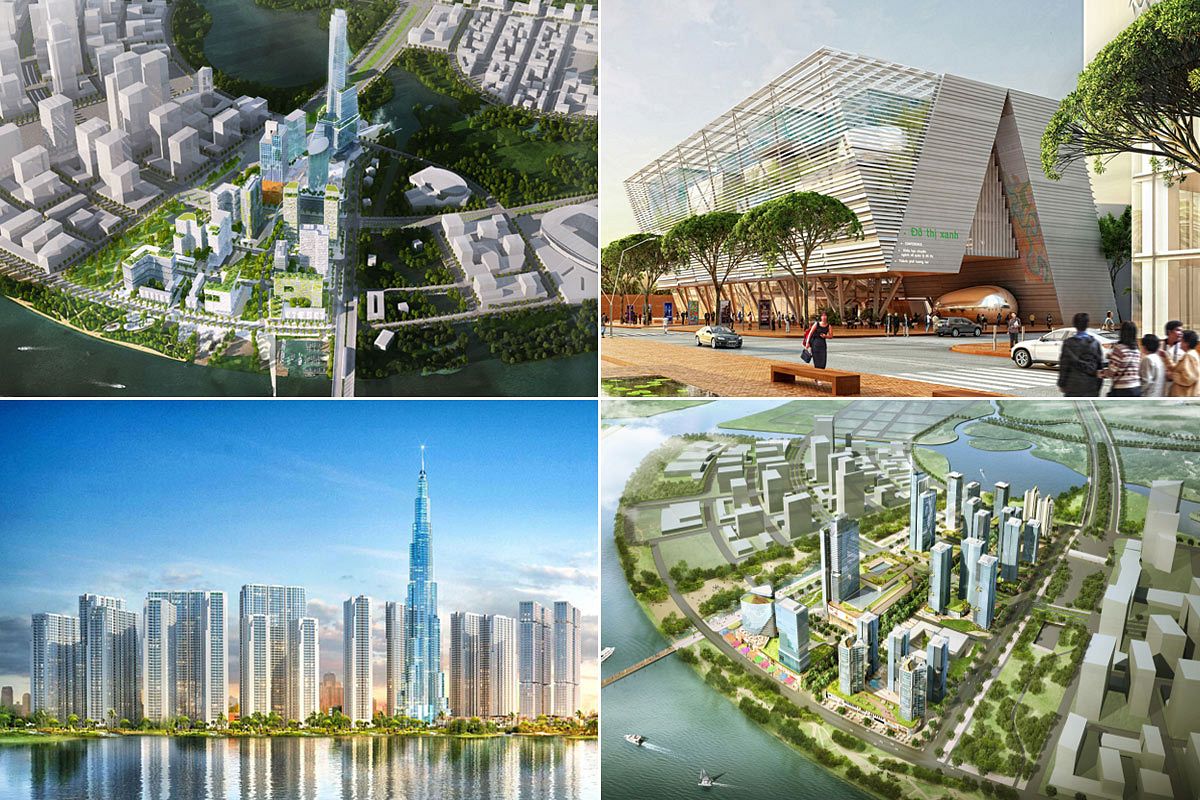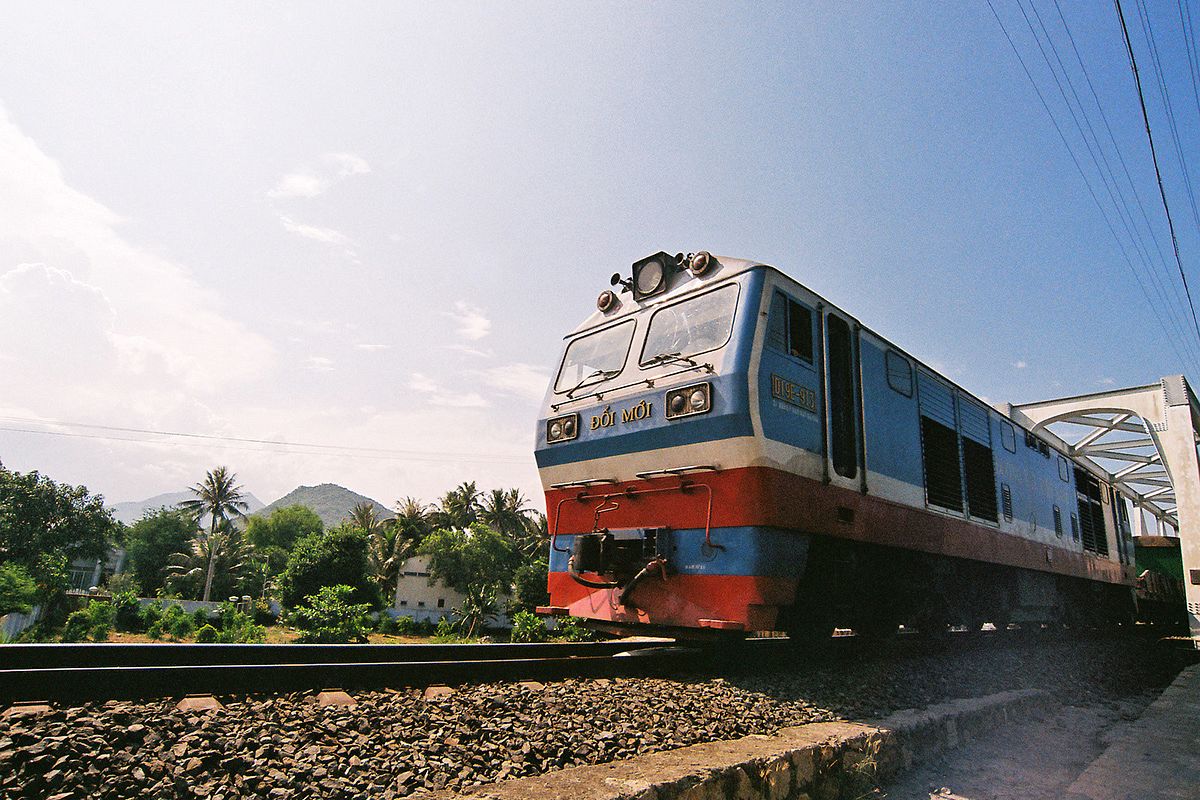Saigoneer is a proud media sponsor of the third edition of TP. Ho Chi Minh: MEGA City, released earlier this month. The compact and concise photo book explores urban development, landscapes and people in Vietnam’s largest metropolis, documenting the rapid changes currently transforming the city. With the support of the Goethe Institute as well as funding from Audi Vietnam, TP. Ho Chi Minh: MEGA City is divided into six chapters, each covering a major theme related to Saigon’s urban development.
Over the coming weeks, Saigoneer will provide readers with a glimpse into each of the book’s chapters. For the full publication, you can find TP. Ho Chi Minh: MEGA City at bookstores across the country.

Architecture and Housing
The chapter “Architecture and Housing” consists of two main parts: first, we want to show all relevant residential building typologies to be found within the metropolitan region of Ho Chi Minh City. Second, we would like to advocate for green architecture. That is why we invited several pioneering Vietnamese architecture firms to introduce their innovative projects. These fine examples of progressive architecture are not only aesthetically pleasing, but also climate-adapted and energy-efficient. Hopefully, they will serve as inspiration and a role model for others.
Traditionally, home ownership is highly valued in Vietnamese society. This is one of the reasons why the price of land in relation to local income is one of the highest in the world. Renting property is reserved only for those who cannot afford to buy their own residential housing, namely labor migrants who are not allowed to purchase a property title due to their legal status, or for people only temporarily living in the city. High prices are further fueled by remittances from foreign Vietnamese (Việt kiều), who channel enormous amounts of money into the real estate sector, generally through relatives.
The most popular type of housing is the town house, usually erected on a four-sided plot of land with three to five stories. In recent years, high-rise condominiums have gained popularity among the rapidly emerging urban middle class population. The reasons for their popularity include security as well as the presence of shopping and leisure spaces within the guarded compounds. Apart from that, the higher floors benefit from fresh breezes. At the higher end of the residential housing spectrum are detached villas. Their architectural role models are former French colonial buildings. Residential living spaces of more than 500 square meters are the norm for villas. They also often serve to highlight newly acquired affluence, the demonstration of which, in many cases, knows no limits.
At the lower end, on the other hand, one finds marginal settlements along the many canals; however many have been demolished in the course of the development of large infrastructure projects in recent years. Less known, but equally precarious, are the living conditions of labor migrants in so-called boarding houses. These are small one-room rental units within row houses. Usually two to five migrants will save costs by sharing one room. There are many sprawling complexes of boarding houses, mostly near industrial zones.
Ultimately, it can be stated that the range of housing in the mega city is as diverse as its citizens.








Michael Waibel is a German social scientist and the editor of TP. Ho Chi Minh: MEGA City as well as the photo books Da Nang: COASTAL City and Hanoi: CAPITAL City, which earned him a Bui Xuan Phai Award earlier this year.
[Photos courtesy of TP. Ho Chi Minh: MEGA City]














